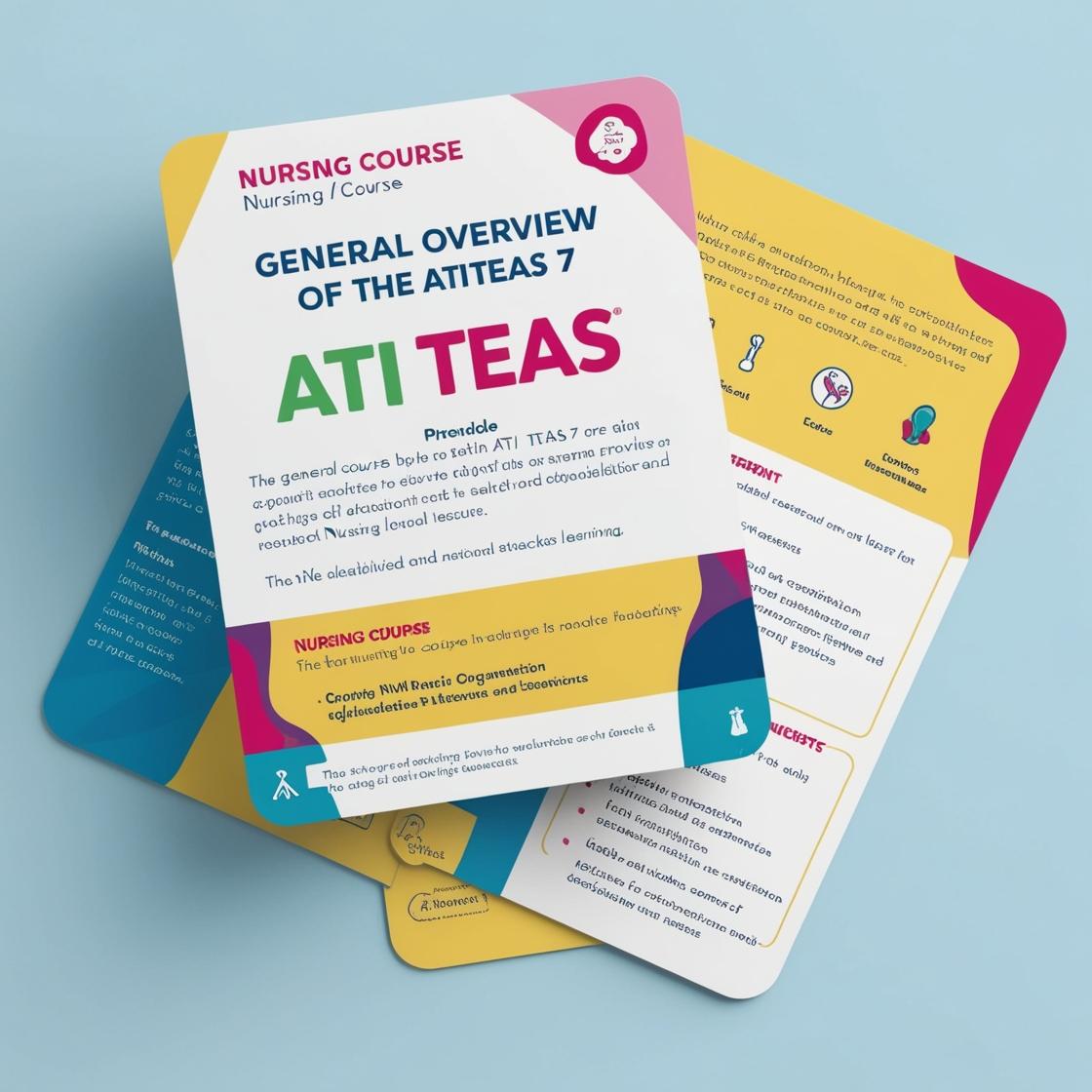ATI TEAS 7
ATI TEAS English Practice Test
1. The patient was experiencing intraocular pressure. Based on the analysis of word parts, what is the meaning of 'intraocular' as used in the sentence above?
- A. Within the eyes
- B. Between the eyes
- C. Above the eyes
- D. Below the eyes
Correct answer: A
Rationale: The term 'intraocular' is derived from 'intra-' meaning within and 'ocular' referring to the eyes. Therefore, 'intraocular' means within the eyes. Choice A is correct. Choices B, C, and D are incorrect as they do not accurately reflect the meaning of 'intraocular' based on the analysis of word parts.
2. Which of the following defines the word 'unilateral'?
- A. Performed by one person
- B. Performed by many people
- C. Performed with precision
- D. Performed according to rules
Correct answer: A
Rationale: The correct answer is A: 'Performed by one person.' 'Unilateral' means something done by one person or group without the agreement of another. Choice B is incorrect as it suggests the opposite of what 'unilateral' means. Choice C is incorrect as it does not capture the essence of 'unilateral.' Choice D is incorrect as it is not directly related to the definition of 'unilateral.'
3. Which of the following is the plural form of the word 'chief'?
- A. chiefs
- B. chieves
- C. chievs
- D. chiefes
Correct answer: A
Rationale: The correct answer is 'chiefs.' 'Chief' follows the standard rule for forming the plural by adding an 's' at the end. Choices B, C, and D are incorrect as they do not follow the standard pluralization rule for the word 'chief.' 'Chieves,' 'chievs,' and 'chiefes' are not valid plural forms of 'chief.'
4. Which of the following best defines the word circumvent?
- A. To go around
- B. To go under
- C. To come near
- D. To come through
Correct answer: A
Rationale: The correct answer is A: 'To go around.' Circumvent means to find a way around an obstacle or to avoid something by cleverness or deception. Choice B, 'To go under,' is incorrect as circumvent does not involve going under something. Choice C, 'To come near,' is incorrect as circumvent does not mean to approach or get close to something. Choice D, 'To come through,' is incorrect as circumvent does not involve passing through something.
5. Which of the following sentences regarding thesis statements in the writing process is correct?
- A. Thesis statement wording should be as specific as possible.
- B. The written work should disprove the thesis statement.
- C. The thesis statement should appear only at the end of a paper.
- D. Supporting evidence is not needed when the thesis statement is an opinion.
Correct answer: A
Rationale: The correct answer is A. A thesis statement should be specific to provide clear direction for the paper and focus the argument. This helps guide the writing process and ensures that the paper stays on track. Choice B is incorrect because the written work should support and prove the thesis statement, not disprove it. Choice C is incorrect because the thesis statement typically appears at the beginning of a paper to introduce the main argument. Choice D is incorrect because supporting evidence is crucial in any thesis statement, regardless of whether it expresses an opinion or not.
Similar Questions

Access More Features
ATI TEAS Premium Plus
$149.99/ 90 days
- Actual ATI TEAS 7 Questions
- 3,000 questions with answers
- 90 days access
ATI TEAS Basic
$99/ 30 days
- 3,000 Questions with answers
- 30 days access
